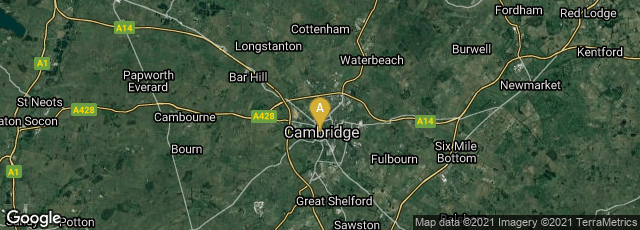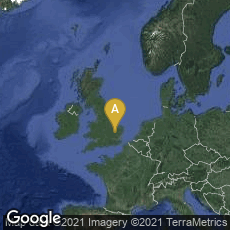

A: Cambridge, England, United Kingdom
On May 16, 1985 British geophysicists Joseph Farman, Brian G. Gardiner, and Jonathan Shanklin of the British Antarctic Survey, Cambridge, England, discovered the Antarctic ozone hole:
Farman, Gardiner & Shanklin, "Large losses of total ozone in Antarctica reveal seasonal Cl0x/Nox interaction," Nature 315 (May 16, 1985) 207-210.
"The discovery of the Antarctic "ozone hole" by British Antarctic Survey scientists Farman, Gardiner and Shanklin . . . came as a shock to the scientific community, because the observed decline in polar ozone was far larger than anyone had anticipated. Satellite measurements showing massive depletion of ozone around the south pole were becoming available at the same time. However, these were initially rejected as unreasonable by data quality control algorithms (they were filtered out as errors since the values were unexpectedly low); the ozone hole was detected only in satellite data when the raw data was reprocessed following evidence of ozone depletion in in situ observations. When the software was rerun without the flags, the ozone hole was seen as far back as 1976" (Wikipedia article on Ozone depletion, accessed 11-26-2010).